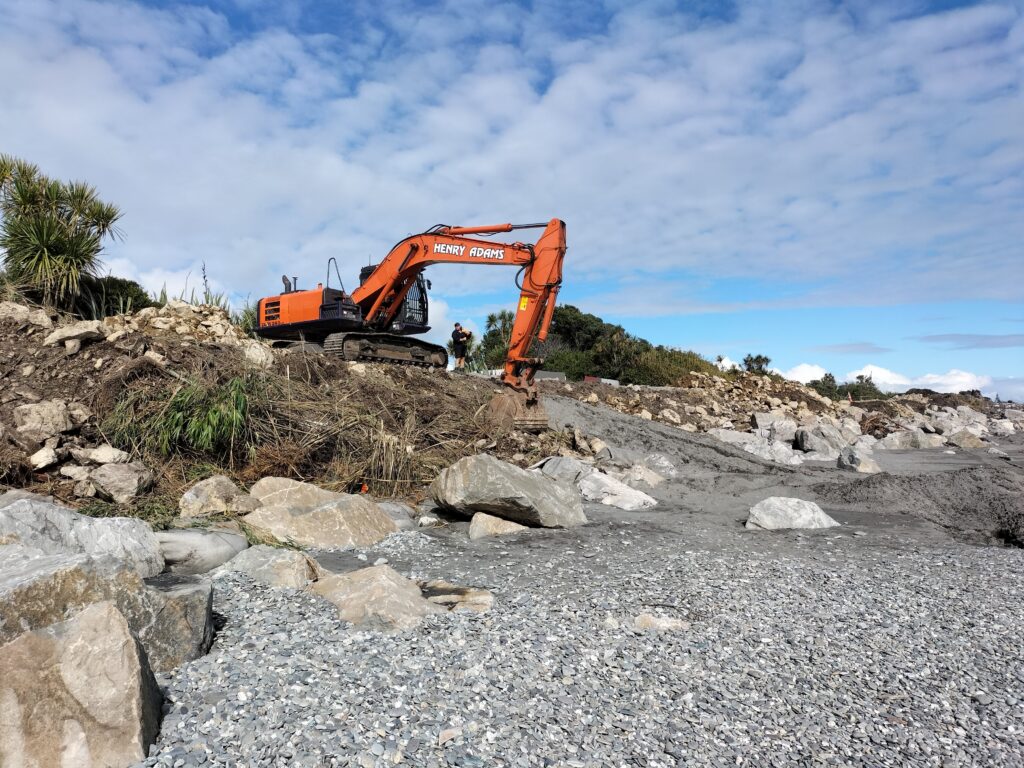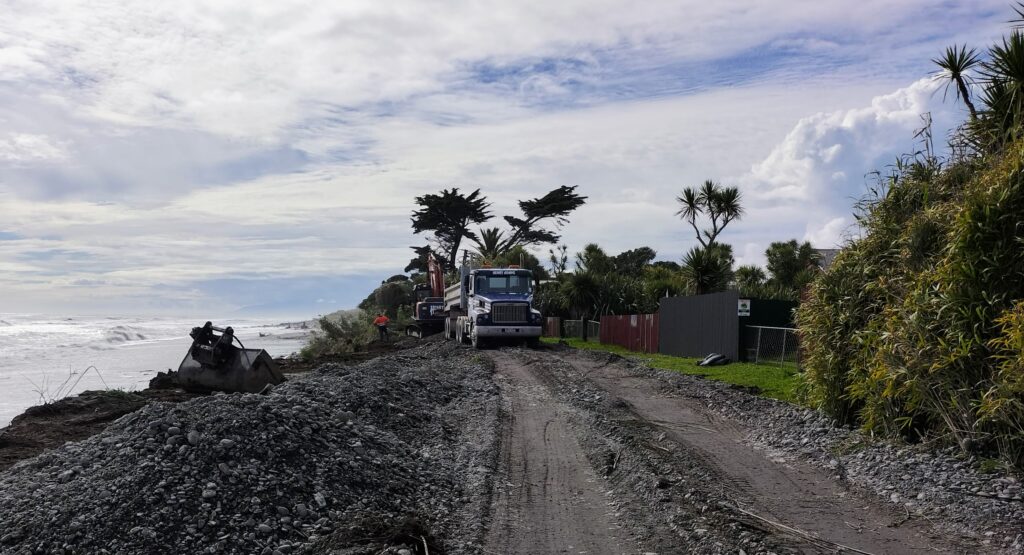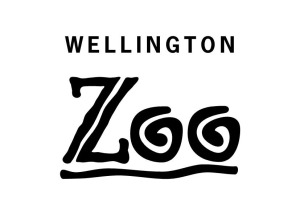
Māori Name
Kororā
Scientific Name
Eudyptula minor
Conservation Status
Other Names Used
little blue penguin, fairy penguin, white-flippered penguin
The blue penguin is the world’s smallest penguin at just 35-43cm tall, and weighs a little over 1kg. It is found in many places around New Zealand and Australia and is a protected native species.
The blue penguin population is declining throughout New Zealand. On the West Coast it is estimated blue penguins only number in the high hundreds to low thousands. Blue penguins need our protection from coastal development, predators, dogs and traffic and we’re working on these issues with your help.
Fast Facts about Kororā
- Blue penguins are the smallest penguins in the world at just 35-43cm tall
- They weigh between 1 and 1.5kg
- The average life span is 6.5 years, but there are some records of penguins living up to 20 years
- Penguins can travel 15–75 km at sea each day
- Long-term partnerships are the norm, but ‘divorce’ is not uncommon
- Underwater, penguins can reach speeds of up to 6km/hr but average 2–4km/hr
- Their scientific name is Eudyptula, which means good little diver
- There are two species or subspecies, the Australian penguin in Australia and Otago, and the New Zealand penguin elsewhere in New Zealand
- Small colonies of up to 40 breeding pairs are found scattered along the West Coast in both rural and urban areas
- Chicks will often return to within a few metres of where they were raised and, once settled in an area, never breed elsewhere
- Blue penguins only come ashore under the cover of darkness
- On the West Coast, penguins come ashore to lay eggs (generally two) and raise young in burrows between June and December
- The chicks are guarded for the first 2-3 weeks, after which both parents go to sea to keep up the supply of fish
- Adults feed their chicks but never their mate. They take over incubation duties so their mate can go to sea to feed
- Chicks usually fledge 8 weeks after hatching and are independent from then on.
- By March they have moulted and returned to the sea.
- Blue penguins feed on surface schooling fish, squid and crustaceans.
Where do they live?
On the West Coast blue penguin colonies can be found near towns, and on our most remote beaches. Colonies are small, many have less than five pairs, the largest have 20-40 pairs.
Blue penguins commonly nest in dunes, coastal forest, farmland and rocky areas up to 200m inland. Colonies can be found up to 500m upstream from river mouths – well within common whitebaiting zones.
They nest in burrows, caves, rocky crevices, tree roots, and nest boxes. Find out more about nest boxes here. It is common to see penguins nesting under baches and houses close to the sea.
Blue penguins can be found on West Coast beaches for much of the year, whether they are breeding or moulting.

Find more about research and conservation needs in this State of Penguins: New Zealand report.
More facts about the penguins are on the Department of Conservation website, and the NZ Birds Online website.
What are the Threats?
The West Coast Penguin Trust and the Department of Conservation have been compiling a database of penguin deaths since 2006.
The major cause of reported deaths of blue penguins on the West Coast is on coast roads, being killed by vehicles, generally at night. This has been reduced through the installation of our Penguin Protection Fence north of Punakaiki where four colonies are now protected, but reports of penguins being killed on coastal roads continue to be received from other parts of the coast.
The second biggest killer of penguins in our region are dogs. Even small mild mannered dogs can harass and kill or maim penguins. In 2007, a penguin colony at Camerons near Greymouth was almost wiped out by one dog over a period of weeks and a similar incident happened near Westport in 2012 when 18 penguins were killed.
Find out more in this review of the mortality database with charts illustrating the continued threat posed by vehicles and dogs and the success of penguin protection fencing along the coast road north of Punakaiki.
Stoats and cats can kill penguins but we believe vehicles and dogs are the main threats that require attention.
You can help.
If you drive on coastal roads:
- slow down in areas where penguins cross roads at night, particularly the coast road between Punakaiki and Charleston, between Hokitika and Kumara Junction, around Cobden, and on all roads near the sea.
If you are a dog owner, dogs and penguins can safely share the beach if you:
- keep your dog under direct control at all times
- ensure your dog cannot roam freely if you live near the beach
- keep your dog away from the dunes or coastal vegetation where penguins may be nesting, or keep your dog on a lead if crossing these areas
- enjoy the beach during daylight hours when penguins will generally be at sea or in burrows
- keep your dog on a lead and take special care at dawn and dusk, and particularly if out during the hours of darkness, when penguins may walk between the sea and their burrows.
Where can I see them?
Blue penguins move between sea and shore under cover of darkness, so you’re unlikely to see them, but look for their prints when you walk the beach, especially in the early morning. Penguin tracks head straight for the sea and the lines of footprints are easy to see, most commonly during the breeding season, around July to December.








 We put the new ramp out on the beach as a trial run, with a camera to record the usage, however with much technology issues with the camera, we didn't get a confirmed answer as to whether the ramp needed altering or not. Next season we will try again.
We put the new ramp out on the beach as a trial run, with a camera to record the usage, however with much technology issues with the camera, we didn't get a confirmed answer as to whether the ramp needed altering or not. Next season we will try again.
 A big thank you to the students for their time and energy. But particularly to Peter, who turned up on a Sunday afternoon having built a huge ramp and a floatation system.
Watch this space!
A big thank you to the students for their time and energy. But particularly to Peter, who turned up on a Sunday afternoon having built a huge ramp and a floatation system.
Watch this space!














